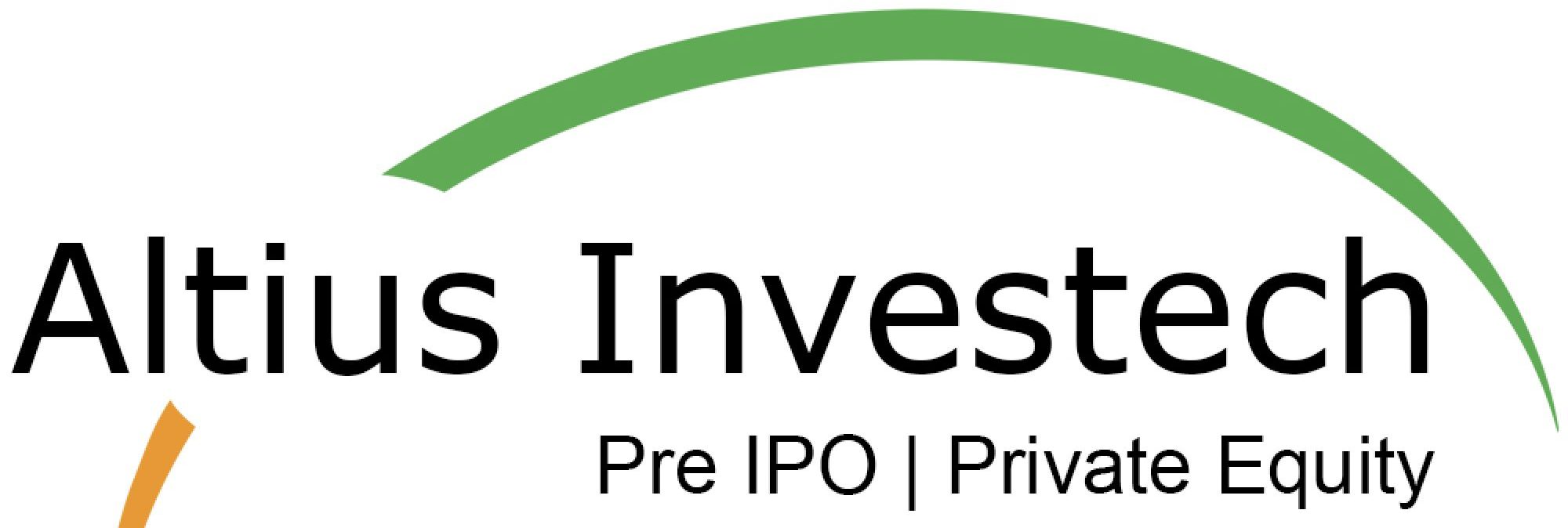What Exactly Is a Hybrid Fund?
A hybrid fund is a type of investment vehicle that diversifies across two or more asset types. These funds usually invest in a combination of stocks and bonds. Asset allocation funds are another name for them.
Key Points
- A hybrid fund is a form of mutual fund or exchange-traded fund that invests in a variety of assets or asset classes to create a diversified portfolio.
- Balanced funds, which typically hold 60% equities and 40% bonds, are a common type of a hybrid fund.
- Another type of a hybrid fund is blended funds, which include growth and value equities.
Understanding Hybrid Investment Funds
Hybrid funds provide investors with a well-diversified portfolio. The term hybrid refers to a fund strategy that invests in numerous asset classes. In general, it might also indicate that the fund employs an alternate mixed management strategy.
Asset allocation funds are another name for hybrid funds. Asset allocation funds can be utilised for a variety of reasons in the investing market. These funds provide investors with the opportunity to participate in numerous asset types through a single vehicle.
Hybrid funds arose as a result of the incorporation of contemporary portfolio theory into fund management. These funds can provide risk tolerance levels ranging from conservative to moderate to aggressive.
- Balanced funds are a form of hybrid fund as well. Balanced funds frequently adhere to a particular asset allocation ratio, such as 60/40.
- Target date funds and lifecycle funds are further examples of hybrid funds. Diversification is achieved by investing in multiple asset classes. Target date funds differ from traditional hybrid funds in that their portfolio components begin with a more aggressive allocation and gradually rebalance to a more conservative allocation in preparation for use by a specific utilisation date.
- A blend fund (sometimes known as a blended fund) is a form of equity mutual fund that invests in both value and growth stocks. Three funds provide diversity among these prominent investment styles in a single portfolio for investors.
Hybrid funds will always incorporate some combination of two or more asset classes. Allocations in risk-targeted and balanced funds are typically predetermined proportions. The asset mix proportion in funds aiming towards a specific use date will change over time. The investment manager may actively manage the individual holdings within each asset category in all of the funds to respond to changing market circumstances and potential capital appreciation opportunities.
Who Should Invest In Hybrid Funds?
Hybrid funds are extremely versatile and excellent investing solutions for both new and experienced investors.
First-Time Mutual Fund Investors: New investors are accustomed to the stability afforded by traditional fixed income vehicles such as fixed deposits. They recognise the equities asset class’s ability to generate growth, but they are concerned about the danger of volatility in the short term. Hybrid Mutual Funds provide an entry point into the stock market, and investors can choose a subtype with the equity exposure they are comfortable with based on their risk profile.
Investors with a 3-5 year investment horizon: Investors intending to invest for a medium-term goal, such as purchasing a car, require growth but with lower volatility. Hybrid funds are an excellent choice for this group of investors. Because a portion of the investment is in debt, the returns earned are less volatile.
Retired Individuals: This group of investors is searching for a steady income to supplement their salaries or earnings from their working years. Conservative hybrid funds, with their unique asset allocation, provide a consistent income through the debt component while aiming to generate a little more through their equity exposure, which will assist them tide over inflation over the retirement period.
Investors seeking asset allocation: These investors want a portfolio with a certain asset allocation but lack the time and knowledge to monitor markets and manage their asset allocation. Hybrid funds are a great choice for pre-made investing portfolios.
Short-term investors: Arbitrage funds are a smart, tax-efficient choice for investors wishing to park money in unpredictable market conditions for at least six months.
Tax Implications on Hybrid funds
For tax purposes, an equity-oriented fund is one that invests at least 65 percent of its assets in equities or equity-related instruments. Other schemes include all other plans.
1. Equity-Oriented Plans:
For tax purposes, equity-oriented hybrid funds and arbitrage funds are categorised as equity-oriented funds. In comparison to other schemes, equity schemes have a more favourable taxation structure.
- Long-Term Capital Gains: If equity mutual funds are held for more than a year, they are subject to a 10% long-term capital gains tax. Gains of up to one lakh rupees in a fiscal year are tax-free.
- Short-Term Capital Gains: If you hold these schemes for less than a year, the gains are considered short-term capital gains and are taxed at 15%.
2. Additional Schemes:
- Long-Term Capital Gains: Long-term capital gains on units held for more than 36 months are taxed at a rate of 20% after indexation.
- Short Term Capital Gains: For other schemes held for less than three years, short-term capital gains are classified as income and taxed according to the investor’s income tax bracket.
Types of Hybrid Fund
Multi Asset Allocation Fund:
These schemes must invest in at least three asset classes, with a minimum of 10% in each of the asset classes. These funds expose investors to additional asset classes, and the asset allocation is determined based on the fund manager’s opinion.
Balanced Hybrid Funds:
These funds invest at least 40% and up to 60% in both equity and debt asset types. The goal is to achieve long-term capital generation through equity investment while balancing risk through debt allocation. Arbitrage is not authorised in this scheme type.
Aggressive Hybrid Funds:
These schemes are required to invest at least 65 percent and up to 80 percent of their assets in the equity asset class and 20 to 35 percent in the debt asset class. They offer the opportunity of significant profits at low risk due to the low debt allocation. They are exempt from the taxation that applies to equity-oriented programmes.
Dynamic Asset Allocation or Balanced Advantage Fund:
These funds are actually dynamic and can switch from 100% debt to 100% equity asset class. The asset allocation is determined based on the recommendations of the fund’s financial model. These funds are ideal for those looking to automate their asset allocation.
Conservative hybrid funds:
These are required to invest 10 to 25% of their total assets in equities and equity-related products. The remaining 75 to 90 percent will be put into debt instruments. The goal of these funds is to earn income from the portfolio’s debt and leverage the minor equity component to boost the overall return. It is a fantastic alternative for those who want debt plus returns and are willing to accept a bit more risk.
Equities Savings Fund:
These funds invest in equity, derivatives, and debt to try to balance risk and return. Derivatives limit directional stock risk, lowering volatility and creating a consistent return. The equity asset generates growth and debt, whereas the derivative delivers consistent and predictable returns. These funds invest 65 to 100 percent of their assets in equities and 0 to 35 percent in debt.
Arbitrage Fund:
An arbitrage fund invests in the cash market while simultaneously selling in the futures market in order to profit from the price difference between the two markets. This is accomplished through the use of derivative instruments, which are classified as equity-oriented instruments. Because there is a simultaneous buy and sell, the stock has no directional call and hence lacks the volatility of the equity asset class while generating a constant debt-like return. These funds invest 65 to 100 percent of their assets in equities and 0 to 35 percent in debt. This fund is appropriate for low-risk investors seeking debt-like returns with equity taxation during a period of high volatility.
For any query/ personal assistance feel free to reach out at support@Altiusinvestech.com or call us at +91-8240614850.
To know, more about Unlisted Company. Click here – https://altiusinvestech.com/blog/what-is-listed-and-unlisted-company
You can also checkout the list of Best 5 Unlisted Shares to Buy in India
For Direct Trading, Visit – https://altiusinvestech.com/companymain.
To know more about How to apply for an IPO? Click- https://altiusinvestech.com/blog/how-to-apply-for-an-ipo/

